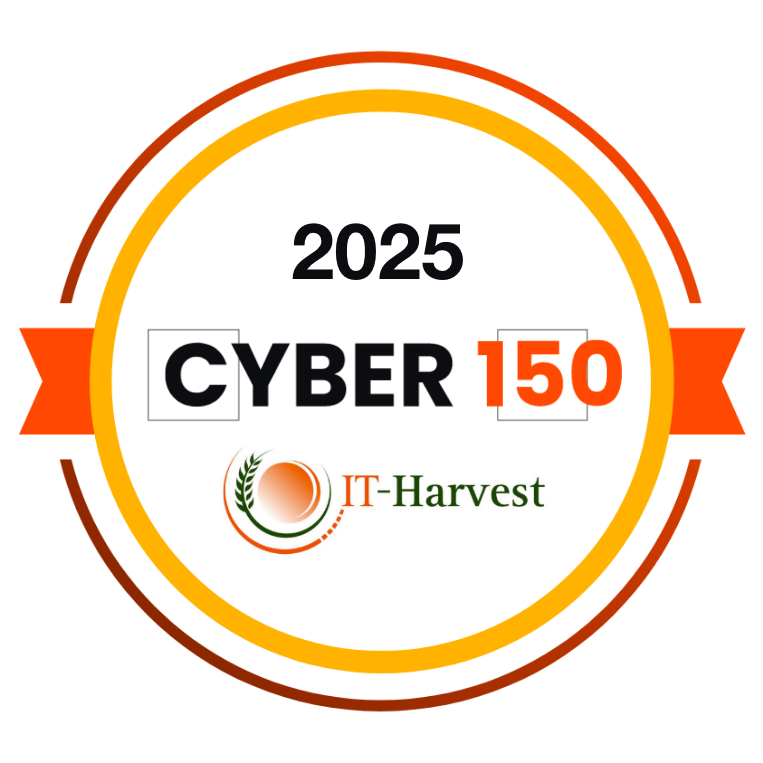What Is Cyberstalking?
Laura Martisiute
Reading time: 6 minutes

Table of Contents
What is cyberstalking? In 2006, Conan O’Brien began receiving threatening letters and emails from a frustrated priest who had become obsessed with him after failing to get an audience with the late-night talk show host. In 2011, an online stalker used social media to send death threats to the American Pie actress Alyson Hannigan. And in 2016, the singer-songwriter Ashanti saw her stalker go to jail for the second time after he sent her sexually explicit tweets.
However, as well as the high profile examples mentioned above, cyberstalking doesn’t just happen to the rich and famous. Anyone can fall victim to cyberstalking. An insulting message over social media might not seem like a cause for concern at first glance. But cyberstalking can quickly escalate (more than 70% of instances do, according to some estimates). Moreover, a quarter of cyberstalking crimes include threats of offline or physical violence.
Luckily, there are steps you can take to avoid becoming a victim of cyberstalking. Read on to learn more about this terrifying crime and what you can do to protect your digital privacy.
What Is Cyberstalking?
Cyberstalking is a form of stalking that predominantly takes place online rather than in person. It typically involves a malicious actor monitoring victims’ online and real-world activities for the purpose of defamation, blackmail, sexual harassment, or identity theft. The effects of cyberstalking can range from annoying to seriously threatening.
Cyberstalkers use a wide variety of channels to harass their victims. Think social media websites, online forums, dating sites and apps, email services, and any other platform on which the target might be active. They may also use some of these platforms to collect information about their victims in the first place, including things like email addresses, phone numbers, addresses, relationship status, and other intimate details about their lives.
Some cyberstalkers pretend to be someone else to get close to their victim (this is known as “catfishing”), usually with the aim of obtaining sensitive information or pictures. Others go so far as to install spyware on their targets’ phones or laptops or hijack a computer’s webcam.
Who Is at Risk of Cyberstalking?
Although anyone can experience cyberstalking, young adult women are more likely to experience harassing online behavior than men. In general, women are more likely to experience cyberstalking, sexual harassment, and long-term harassment. They’re also much more likely to suffer from in-person attempts at harm after online harassment.
According to a 2017 study by the Pew Research Center, about four in ten Americans have been harassed online. Of these, about 7% have experienced online stalking. Moreover, 10% received physical threats, 6% were subjected to sexual harassment, and 7% were exposed to long-term harassment online.
Young adults (18- to 29-year olds) are especially vulnerable to cyberstalking. So are women. In 2016, the Data Society & Research Institute and the Center for Innovative Public Health Research found that women are far more likely to be subjected to cyberstalking, long-term harassment, and sexual harassment. Women are also much more likely than men to have their personal information exposed against their will.
Compared with men, twice as many women under 30 report having experienced in-person attempts to harm them following online harassment.
In general, harassing behavior online appears to be on the rise. According to the aforementioned report by the Pew Research Center, the proportion of Americans subject to online harassment increased by 6% between 2014 and 2017.
How Can You Protect Yourself From Cyberstalking?
There are many things you can do to protect yourself from cyberstalking. The most important thing, however, is to ensure that your personal information isn’t readily available on the internet. If a Google search is all it takes for someone to find out who you are, you’re an easy target.
So, what can you do? Put yourself in a cyberstalker’s shoes and search for your name online to see what comes up. Not happy with the results? We recently wrote a blog post on how to remove personal information from the internet.
Note that people search sites might not necessarily come up when you Google your name. However, because these sites are very likely to have detailed profiles on you, it’s vital that you take the time to search for yourself on each individual database. If you’ve no idea where to start, we have a thorough guide on how to opt-out of all major data brokers out there.
Next, check your social media profiles. Can anyone see everything you post, including photos that show your location or places you hang out at often? If so, set your accounts to private immediately, disable geotagging, and never accept friend requests from people you don’t know. Just to be on the safe side, you might also want to ask your friends to stop tagging you on Facebook photos.
Don’t forget the basics, either. Use strong passwords for each separate account, set two-factor authentication, and never connect to a public WiFi network without a virtual private network (VPN). Make sure to invest in a good antivirus software (and keep it updated!) and don’t click on any suspicious links.
If you want to go the extra mile, consider using a P.O. box, Masked Email address, and Masked Phone number. Some people don’t even use their real names when setting up their social media profiles.
You Don’t Have to Be a Victim
Cyberstalking is a frightening crime and one that is only going to become more common as people live more of their lives online. Learning more about cyberstalking and implementing the above tips can help you stay safe on and off the internet.
If you need help taking your personal information off the web, we’re here for you. DeleteMe is a subscription-based service that will remove your name and other sensitive data from 40+ data brokers and people search sites. We’ll also make sure that your profile isn’t relisted a few months later (a common occurrence).
Our privacy advisors:
- Continuously find and remove your sensitive data online
- Stop companies from selling your data – all year long
- Have removed 35M+ records
of personal data from the web
Save 10% on any individual and
family privacy plan
with code: BLOG10
news?
Don’t have the time?
DeleteMe is our premium privacy service that removes you from more than 750 data brokers like Whitepages, Spokeo, BeenVerified, plus many more.
Save 10% on DeleteMe when you use the code BLOG10.
















